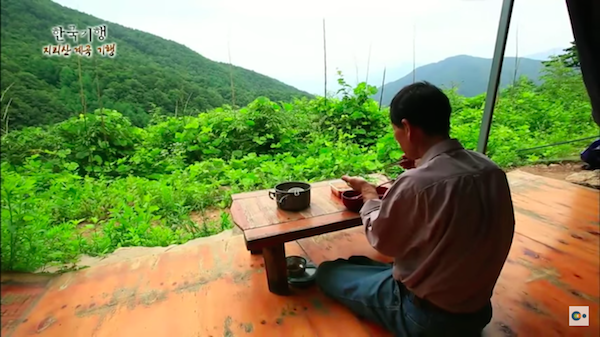
A Korean friend I knew back in Los Angeles often talked about a recurring fantasy of hers: to drive through empty American states like North (or sometimes South) Dakota for hours and even days on end, not setting eyes on another soul all the while. Though, like any self-respecting American, I do enjoy a good long road trip, and even drove across the whole country before moving abroad, her vision always truck me as more terrifying than tantalizing. Where would you get decent coffee? What if the car breaks down? Could you even get a cellphone signal out there? How long before everything would inevitably go full Deliverance?
After I started watching Korean television, though, I began to understand. Soon after getting satellite television hooked up at home in Los Angeles specifically for the Korean channels, I settled on a favorite program: Travelogue Korea (한국 기행), which airs every night on the educational network EBS. Somehow, in a country about the size of Indiana (and of a considerably smaller size than Dakota North or South), the show has found hundreds upon hundreds of episodes’ worth of places to go, paying special attention to the inhabitants of remote islands, small farms, fishing villages, and rural hamlets.
But then, as I wrote about in Gangneung — a veritable megalopolis compared to the average Travelogue Korea destination — South Korea feels much bigger than it is when you’re traveling through it. Some of this has to do with the sheer concentration of the country’s population, half of which lives in the Seoul metropolitan area alone. When you pass out of it, two changes become apparent: not just a dramatic drop in the density of inhabitants, but a rise in their average age. Hence the venerability of so many of the episodes’ stars, and some of the themes on which it focuses: long lives, almost-as-long marriages, the continuation of long traditions, the flavors of local food, the variety of local dialects.
Read the whole thing at the Los Angeles Review of Books.